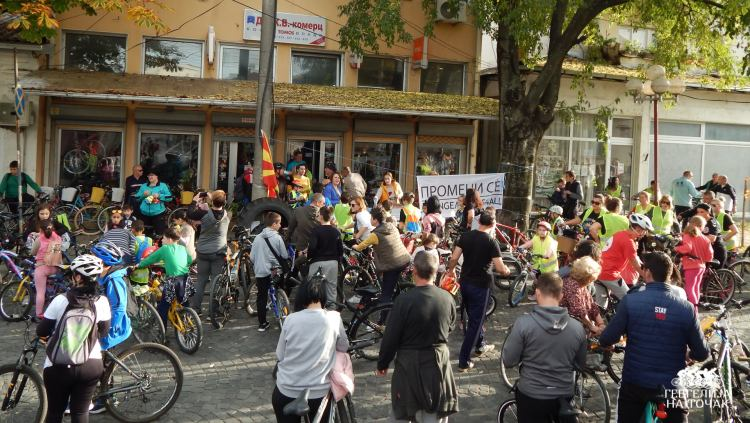The world is full of natural hazards, from volcanoes to floods and storms. But, which of all danger zones on Earth are the deadliest? In which places on the planet is human life most endangered?

Image by ArtPhoto_studio on Freepik
Water
71 percent of tsunamis occur in the Pacific Ocean. The most lethal tsunami in recent history occurred in 2004 after an earthquake hit the coast of Sumatra in Indonesia, causing 280.000 people from 15 different countries to lose their lives. Although the death toll figures are extremely high, it will surprise you that even more people lost their lives in river floods, writes the BBC.
Air
Cape Denison in Antarctica is the windiest place on Earth, and seasonal storms causes havoc in populated areas. The strongest storms happen around the warm oceans, north and south of the equator. At these locations the winds are amplified by the pressure change, and this leads to the rotating Coriolis effect, that causes hurricanes, cyclones, and typhoons. When it comes to such storms, Haiti is considered the most endangered island in the Caribbean.
Earth
If there’s one thing that connects the world’s deadliest destinations, it’s tectonic activity. The earth’s crust consists of movable plates that move, and the potential energy created between them passes through the cracks in the earth, causing a seismic wave that shakes the earth’s surface, appearing at the surface as strong earthquakes.
Eight of the ten most volcanically endangered cities in the world are in the Philippines. The deadliest earthquake was registered in 1556 in Shaanxi (China), and the estimated number of victims is over 800,000.
Fire
Tectonic movements create volcanic activity. In the last 400 years more than 200,000 people have died as a result of volcanic eruptions. The Tambora volcano, on the island of Sumbawa, Indonesia, in 1815 had killed 70,000 people. The eruption caused climatic anomalies in 1816, which is why that year was called the year without summer. It was one of the largest volcanic eruptions in recent history.
The changed climate led to starvation and the emergence of various diseases that caused human lives.
In 2010, the Merapi volcano killed about 350 people, but tens of thousands of people were saved by timely evacuation.




